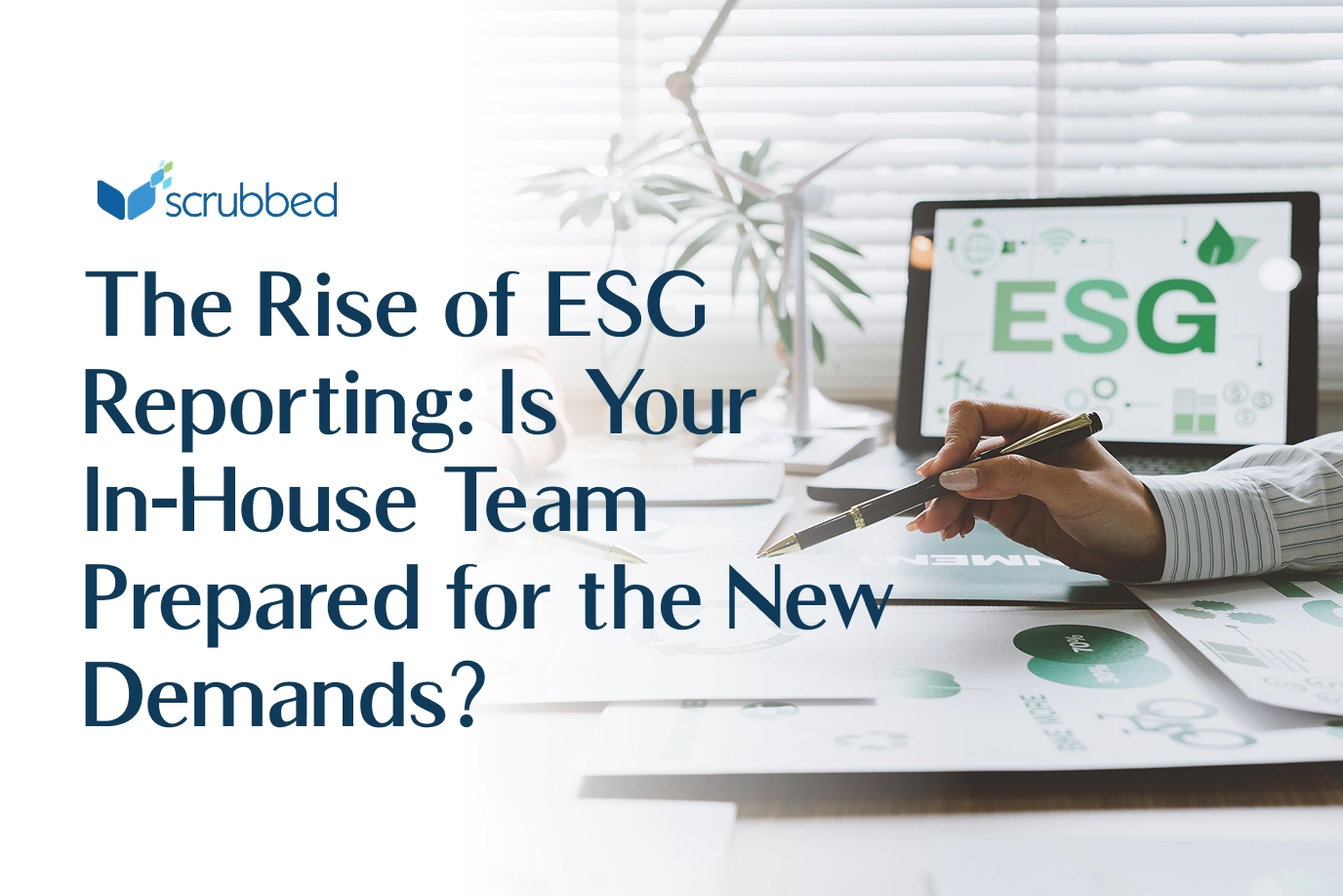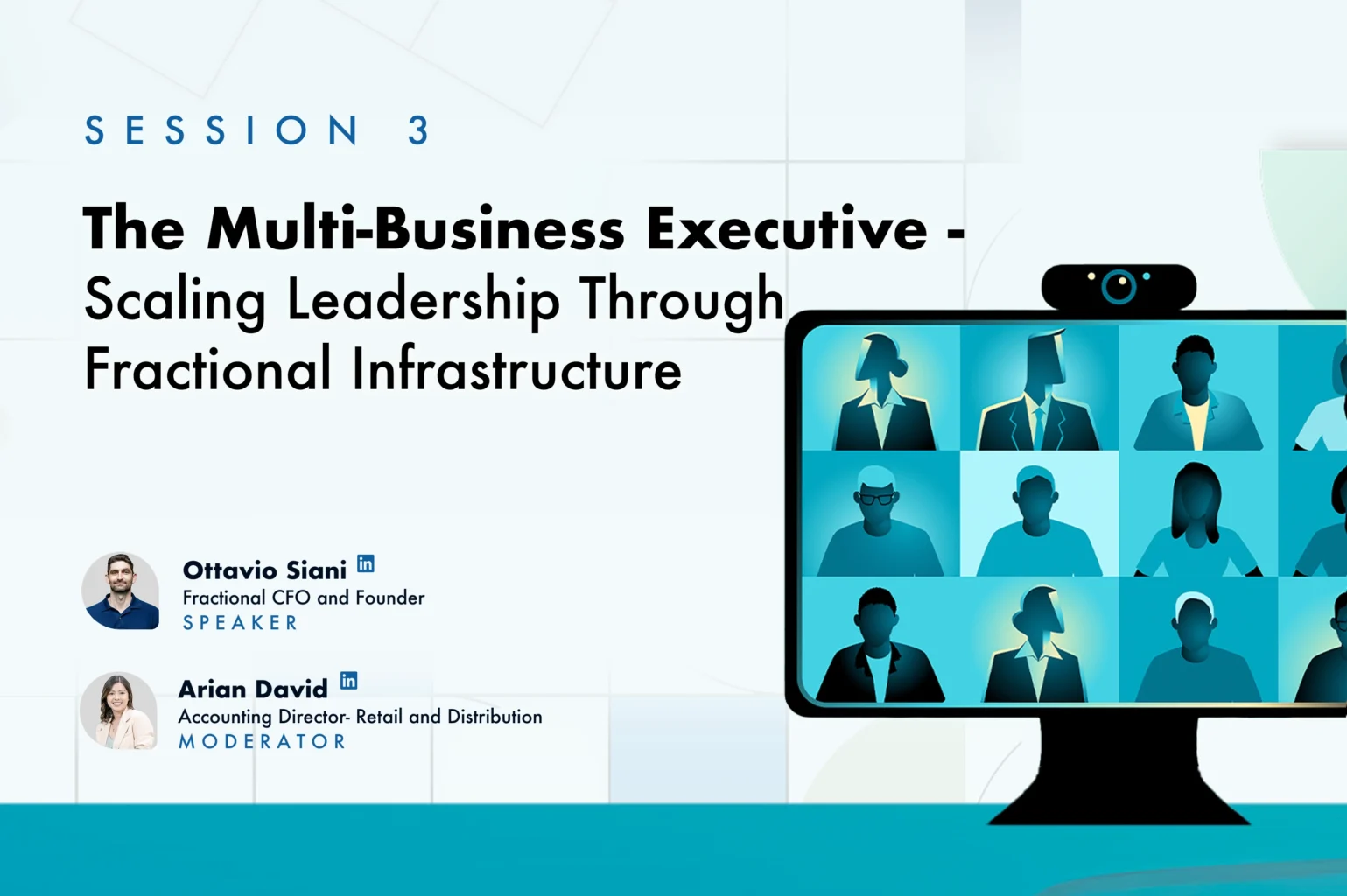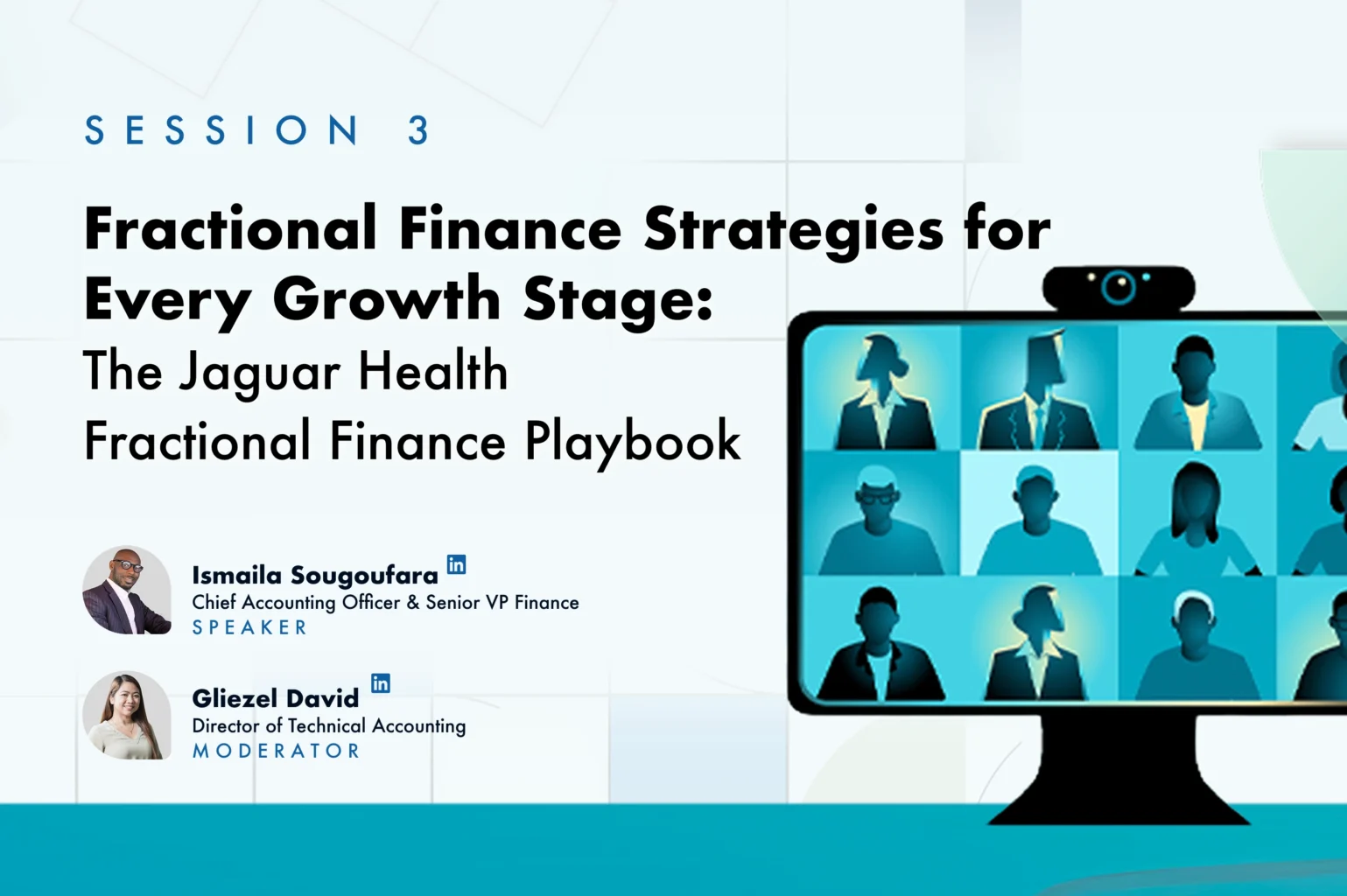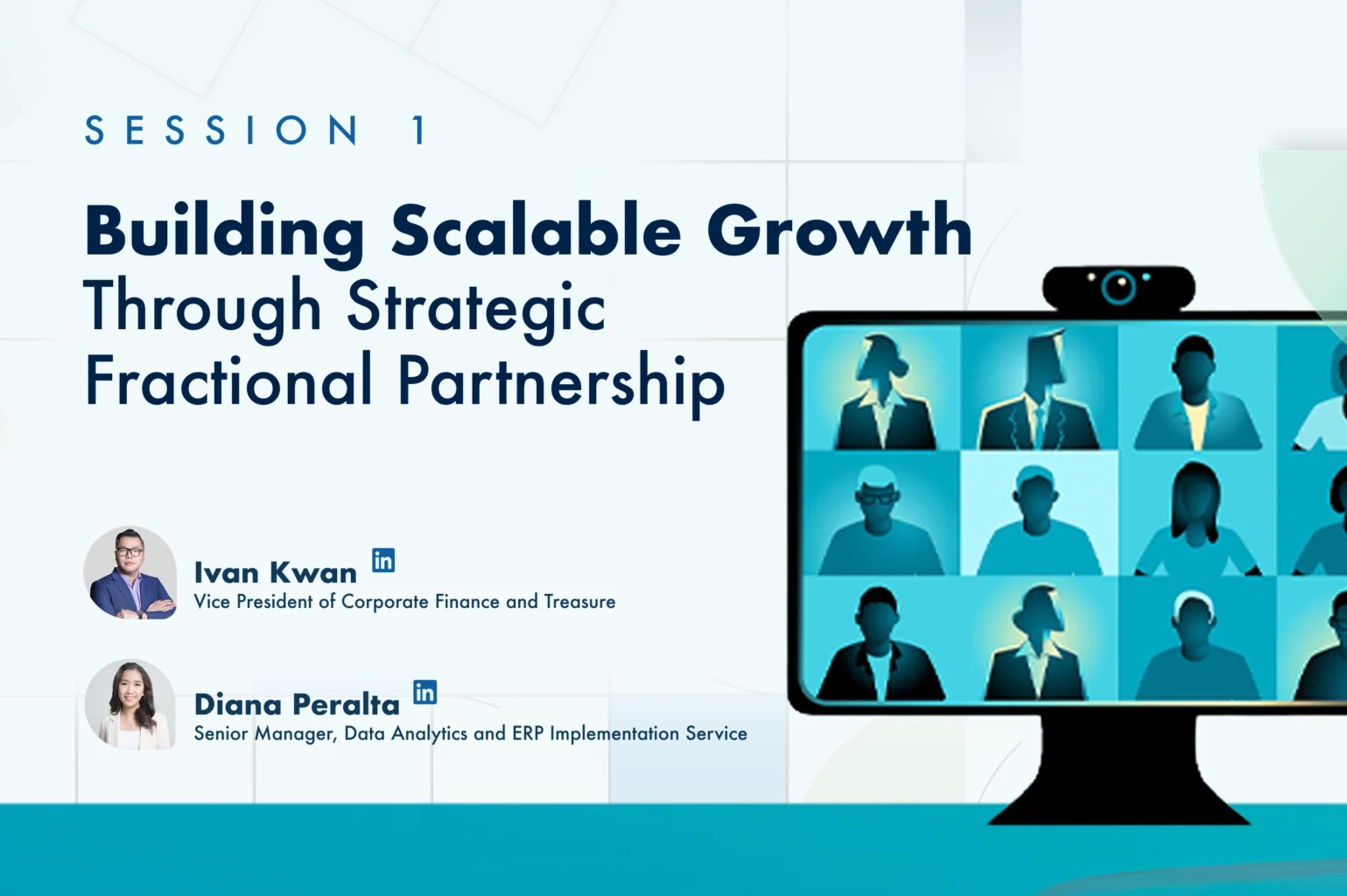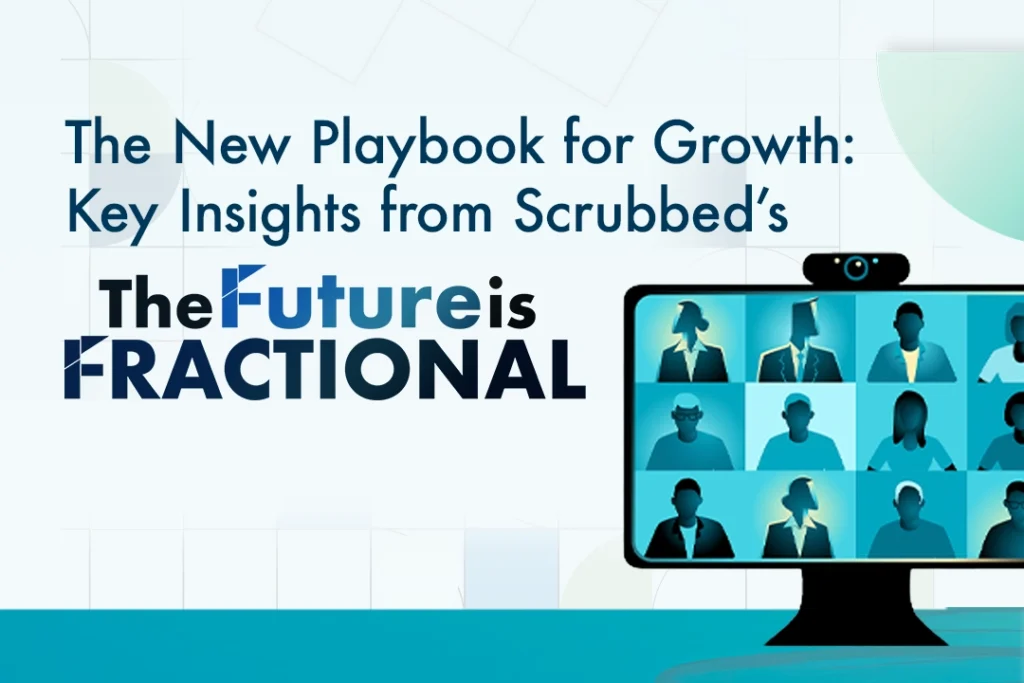As environmental concerns and technological advancements converge, the clean energy industry is at the forefront of transformative change. These new trends and developments also impact financial management considerations, and clean energy firms and their accounting teams need to get to grips with the nuances. Here are some of the key trends and developments that Scrubbed believes will have significant implications for the financial management and performance of clean energy businesses:
Rise of Distributed Energy Resources (DERs)
Distributed Energy Resources (DERs) are small-scale, localized energy generation and storage sources that are shaking up the traditional centralized power grid and bringing big changes for consumers, utilities, and the environment.
Here’s what’s driving the surge:
• Technology advancements: Solar panels, wind turbines, and battery storage are becoming more affordable and efficient, making DERs financially viable for individual homes and businesses.
• Environmental concerns: The fight against climate change pushes communities towards clean energy, and DERs offer a decentralized and renewable solution.
• Grid resilience: Centralized grids face vulnerability to weather events and cyberattacks. DERs can provide local power backup and improve grid stability.
One of the biggest impacts for producers is the emergence of new business models focusing on grid management, storage integration, and peer-to-peer energy trading. Traditional financial models for centralized power generation will no longer suffice. Utilities and energy producers will need to adapt to valuing and assessing the complex financial landscapes of DERs like rooftop solar, microgrids, and energy storage. In practice, this means understanding distributed energy economics, evaluating project feasibility, modeling financial viability, and managing contracts with diverse energy providers.
Integration of AI and Blockchain in Finance and Management
Imagine a future where clean energy is optimized by smart AI algorithms, secure blockchain transactions streamline project finance, and data-driven insights enable more efficient management. This isn’t a distant dream; it’s an emerging reality thanks to the powerful synergy of AI and blockchain in clean energy.
AI plays a crucial role in clean energy production by predicting energy demands and constraints, optimizing resource allocation, and crunching complex data to offer valuable insights on project feasibility, performance tracking, and risk mitigation. This helps guide informed financial decisions.
Meanwhile, blockchain’s secure tamper-proof ledger tracks energy production, ownership, and transactions, ensuring trust and transparency in clean energy markets. It can also help streamline funding through tokenized energy assets and smart contracts that reduce paperwork and accelerate investment.
Together, AI and blockchain are unlocking new business models such as decentralized energy communities, peer-to-peer trading platforms, and data-driven energy services. While there are still hurdles, the potential of AI and blockchain in clean energy finance and management is vast. From a financial management perspective, accountants will need to learn and adapt to working with these technologies, especially around energy trading and certification and enhanced data analysis skills.”
Growth of Green Finance and Sustainable Investing
Green finance and sustainable investing are on the rise, directing funds towards clean energy projects and accelerating the transition away from fossil fuels. This trend is driven by several factors:
• Climate concerns: Investors and institutions are increasingly aware of the risks of climate change and are seeking sustainable alternatives for long-term financial stability.
• Evolving regulations: Governments worldwide are implementing policies that favor green investments, such as carbon pricing and subsidies for clean energy projects.
• Technological advancements: Renewables and clean technologies are becoming more cost-competitive, making them attractive investment options.
• Growing demand for ESG (Environmental, Social, and Governance) solutions: Socially conscious investors seek investments aligned with sustainability principles, making clean energy a prime target.
As a result, significant capital is flowing to clean energy from green bonds, loans, and sustainable investment funds, fueling projects in solar, wind, geothermal, and other renewable energy sources. As funding sources change and clean energy is no longer considered a niche investment, we’re also seeing the emergence of new financial tools like carbon offsets and sustainability-linked bonds that are diversifying the green finance landscape and attracting new investors.
From an accounting and financial management perspective, accountants increasingly need to be able to evaluate and report on the environmental and social impact of clean energy projects. This means a greater focus on understanding ESG principles, developing sustainability accounting frameworks, and analyzing and reporting on environmental impact metrics.
Evolving Regulatory Landscape and Carbon Pricing
The clean energy industry is subject to evolving regulations and the rise of carbon pricing. Understanding this dynamic landscape is crucial for anyone developing or investing in clean energy projects.
Governments worldwide are increasingly setting ambitious clean energy targets and enacting supportive policies like renewable energy standards and feed-in tariffs. However, the industry also faces complex permitting processes, and the political landscape can shift quickly, with potential rollbacks or uncertainty causing delays and hindering investments.
Carbon pricing is also on the rise worldwide, including carbon taxes or cap-and-trade schemes that aim to internalize the environmental costs of fossil fuels and make clean energy more competitive. Carbon pricing can also generate revenue streams for clean energy investments and technological development, accelerating the transition.
Regulatory changes and carbon pricing schemes can significantly impact the financial viability of clean energy projects. Accountants need to get to grips with carbon pricing mechanisms, assessing policy and regulatory risks, and modeling financial scenarios under different regulatory systems. The key to advising clients on their financial implications is to stay updated on these changes and ensure robust risk and SOX compliance practices are in place to navigate complex reporting requirements effectively.
.
Increased Focus on Financial Performance and Return on Investment (ROI):
As the clean energy sector matures, investors are demanding greater financial transparency and accountability. Financial performance and return on investment (ROI) are taking center stage, shaping project development, investor decisions, and the industry’s future.
The shift is due to the market maturing, more diverse technologies and players vying for funding, and growing pressure from stakeholders and governments to demonstrate financial soundness and long-term value creation.
The impact of this increased focus on financial performance can be seen in several ways, including:
• Focus on project optimization: Developers are scrutinizing costs, streamlining operations, and maximizing energy production to enhance ROI. Innovative financing models like power purchase agreements are gaining traction.
• Data-driven decision-making: Advanced analytics, machine learning, and financial modeling tools are used to predict revenue, assess risks, and identify profitable opportunities.
• Investor selectivity: Investors are becoming more discerning, seeking projects with clear ROI trajectories and robust risk management strategies.
The increased focus on financial performance can be a force for good, promoting efficient, sustainable, and investment-worthy clean energy projects. From a financial management perspective, effectively tracking and reporting on project performance, costs, and ROI are critical.
Conclusion
In a dynamic market landscape, change is constant. While we’ve highlighted some of the trends, financial performance in the future is also likely to be impacted by the growing importance of energy efficiency and demand-side management in financial models, as well as the emergence of new business models like energy-as-a-service and peer-to-peer energy trading. These trends require innovative accounting approaches.
By understanding these trends and developing the necessary skills, your accounting team can play a crucial role in ensuring the financial viability and success of your clean energy business. With the right tools and expertise, you can optimize your financial performance, reduce costs, and maximize your return on investment.
How Scrubbed can Help
At Scrubbed we work with diverse clients from solar to biomass and across clean tech. We understand the importance of staying current with regulations that govern everything from Special Purpose Vehicles (SPVs) to climate change mitigation efforts. We can provide the corporate finance services and CFO support you need, including sophisticated data visualization, and can help you maximize investment and production credits to support your growth.
By partnering with Scrubbed, you gain a corporate finance advisory team with the depth, insight, and experience to scale as your business grows helping you stay financially resilient in a fast-changing clean energy market.



